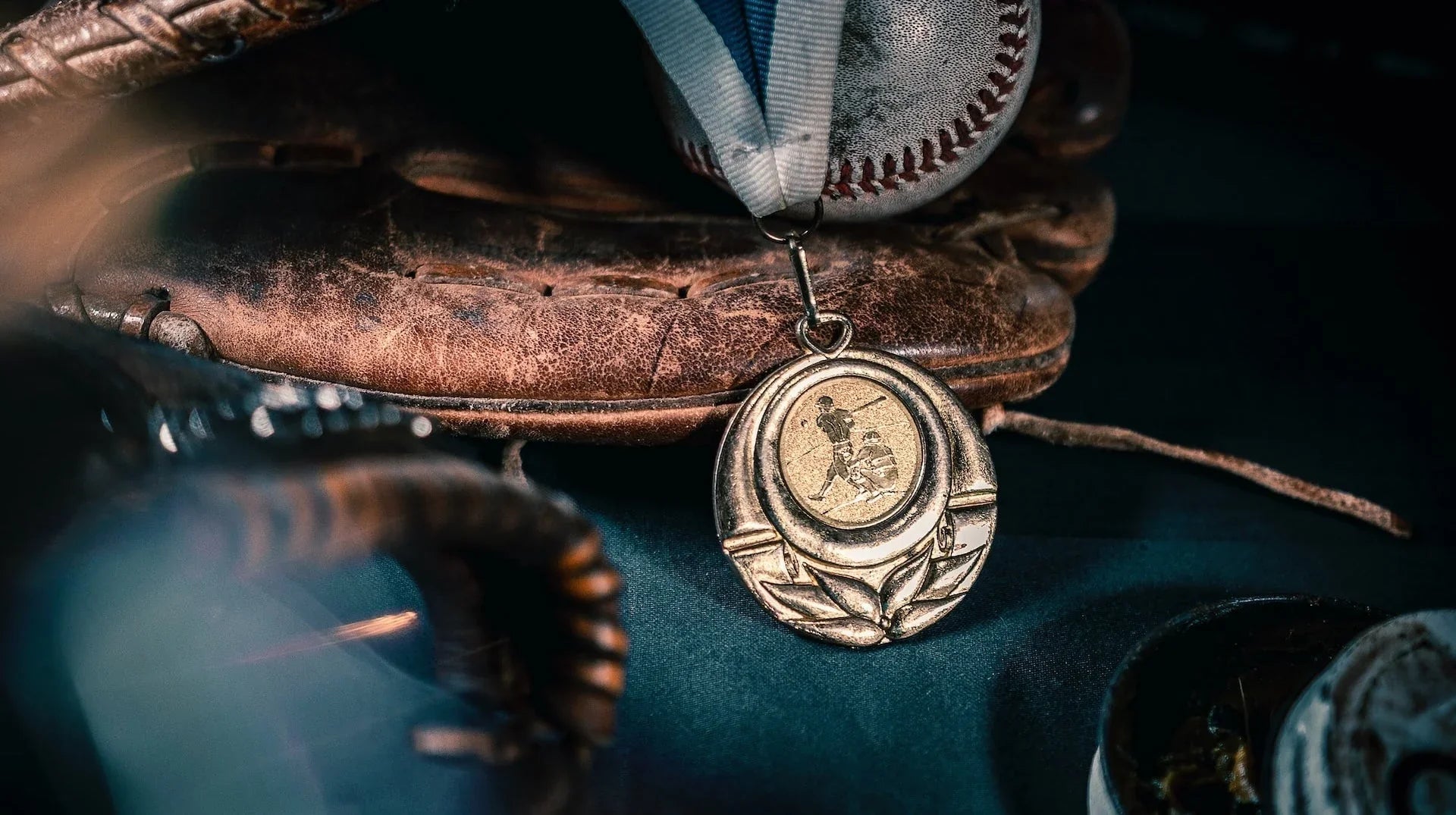Are gold medals really gold?

It's well known: gold for the winner, silver for the runner-up, and bronze for the third. But are the medals and trophies awarded on the podium really made of these precious metals? This is a question many people ask. Would you also like to know the answer? Then you've come to the right place! At GoldUnion, we answer all your questions about gold and precious metals.
HISTORY OF GOLD MEDALS
The Olympic Games have their origins in the ancient Olympiads. Even then, the greatest athletes competed to achieve feats and be proclaimed Olympians throughout the city. The winner then received an olive wreath from the hands of the Hellanodices (the judges of the time) during the closing ceremony.
Over the years, the tradition has continued, and since the late 19th century, athletes have received a silver, copper, or bronze medal. At that time, the gold medal had not yet appeared, and it was not until the 1904 Olympic Games that the very first gold medal was awarded. Whether gold, silver, or bronze, they were attached to a ribbon, which was replaced by a chain in 1960. The chain's design was reminiscent of ancient laurel leaves.
Today, Olympic medals are still made from precious metals. However, the symbols engraved on the front and back of the medals vary depending on the country and the type of Games (winter or summer). Indeed, even if the IOC approves the final choice, it leaves free rein to the imagination of the host countries. We have therefore seen medals in lacquer or jade, respectively in 1998 and 2008, and even different sizes and weights.
So, are gold medals really made of gold? We explain everything here!
MATERIALS USED FOR GOLD MEDALS
Olympic medals all have different specifications depending on the host country. Indeed, for the 2016 Rio Olympic Games, the gold medal weighed 500 grams, compared to 556 grams in Tokyo 2020, or 400 grams in London 2012. However, despite these disparities, the quantity of gold used for the highest distinction is always the same: 6 grams. This pure gold is applied to the medal, which is made of pure silver. This solution allows for significant savings. The price of an ounce of gold is approximately €1,800, which would be equivalent to offering a 500-gram medal worth €30,000. Furthermore, the metal used to make the medals is primarily acquired through recycling. This limits the environmental impact.
As for the other distinctions, silver medals are made of pure silver, and bronze medals are made of an alloy of copper and zinc.
In France, the Paris Mint is responsible for minting gold medals and must adhere to established production standards. The medal must be circular, with a minimum diameter of 6 centimeters and a thickness of 3 mm.
SYMBOLIC MEANING OF GOLD MEDALS
The meaning of gold medals is strongly imbued with the ancient idea of the Olympics. Indeed, for several decades, the medals were engraved with representations of Zeus, Nike (the Greek goddess of victory), or even the branches that were given to the victors in ancient times. Thus, the symbolism emanating from the gold medals directly referred to victory and excellence. This is why we also find on some medals the Latin words "Citius, Altius, Fortius," which mean "faster, higher, stronger." However, we can see notable differences between the Summer and Winter Olympic Games on the latest examples. Indeed, the obverse of the Summer Olympic gold medals has retained mythological references with the presence of Nike and the Panathenaic Stadium, symbolic of prowess. In contrast, the gold medals for the Winter Olympics are more personalized, featuring symbols specific to the host countries and engraved with the Olympic rings. For example, they feature the Piazza di Turin, which is the symbol of heart and vigor, or a rising sun, symbol of birth and brilliance.
GOLD MEDALS AND THEIR FINANCIAL VALUE
With the price of gold approaching €1,800 per ounce, one might think that the price of an Olympic gold medal is very high. Indeed, the weight of the latest creations (around 500 grams) would lead to a value of nearly €30,000. However, gold medals are not made entirely of gold, and only 6 grams generally cover the silver, which greatly reduces the price.
However, some medalists resell their gold medals. In France, for example, one of the winners resold his medal at auction for charity. It fetched nearly €66,000. Wladimir Klitschko sold his gold medal for $1 million, while Jesse Owens' medal was even more successful. The medal was auctioned off for nearly $1.5 million. Thus, the financial value of the medal is linked to its owner and their sporting achievements, and not just to the amount of gold contained within the item.
Want to know more about the gold used in medals, coins, and ingots? Visit a GoldUnion agency or contact an advisor via the e-commerce site to ask all your questions! Whether you're buying gold or selling it, trust the GoldUnion professionals.



 Gold Bars
Gold Bars
 Rare Gold Coins
Rare Gold Coins
 Modern Gold Coins
Modern Gold Coins
 Best Sellers
Best Sellers
 French silver coins
French silver coins
